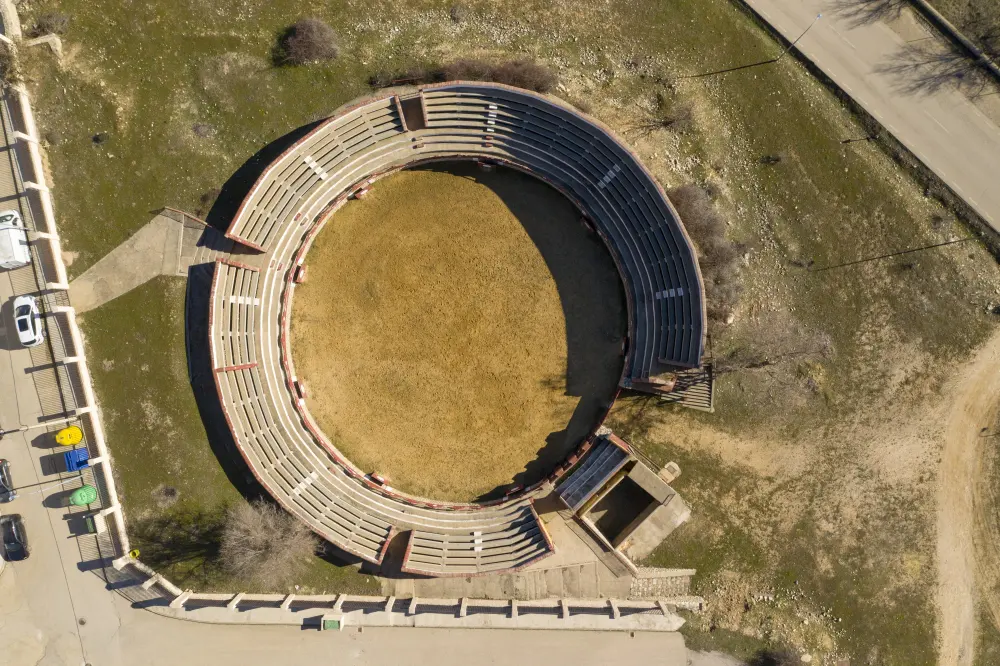Designing a mining pit might sound straightforward on paper, but in reality, even small miscalculations can lead to millions in losses, environmental damage, and safety hazards. Unfortunately, many mines make the same costly mistakes again and again. In this post, we’ll take a close look at the five most common pit design errors and how they can be avoided through expert planning, technology, and adherence to international best practices. If you’re involved in pit design or operations, this guide could save your project.
1. Ignoring Geotechnical Data
Not properly analyzing the geotechnical properties of the rock mass can lead to pit wall failures, landslides, and unsafe working conditions.
Solution: Integrate comprehensive geotechnical surveys and slope stability models during the design phase.
2. Over- or Underestimating the Strip Ratio
Incorrect calculations of the strip ratio can significantly impact the project’s profitability.
Solution: Use advanced mine planning software and regularly update assumptions based on exploration data.
3. Inefficient Bench Design
Improper bench heights, widths, and angles lead to excessive waste removal and poor equipment performance.
Solution: Customize bench parameters for specific orebody and equipment requirements.
4. Poor Haul Road Placement
Inefficient haul road design increases fuel costs, equipment wear, and cycle times.
Solution: Optimize road gradients, widths, and traffic patterns for safety and efficiency.
5. Environmental Oversights
Failing to consider drainage and dust control in design results in environmental fines and poor community relations.
Solution: Include environmental engineers in the design process from the beginning.
Conclusion
Avoiding these common pit design mistakes starts with expert guidance, the right data, and a commitment to safety and sustainability. VUCAMine Consult specializes in optimized, cost-effective, and regulation-compliant mine design services.





